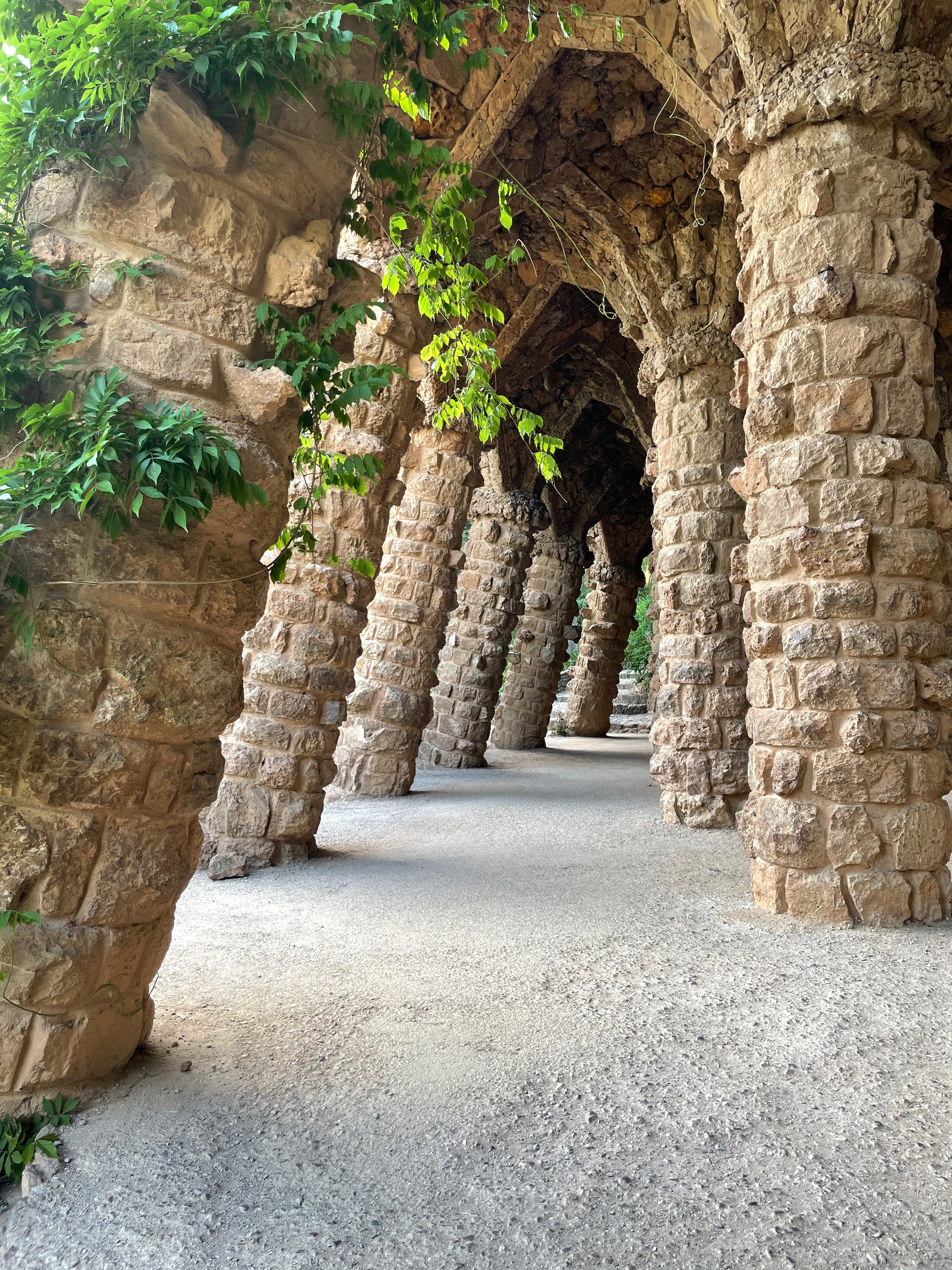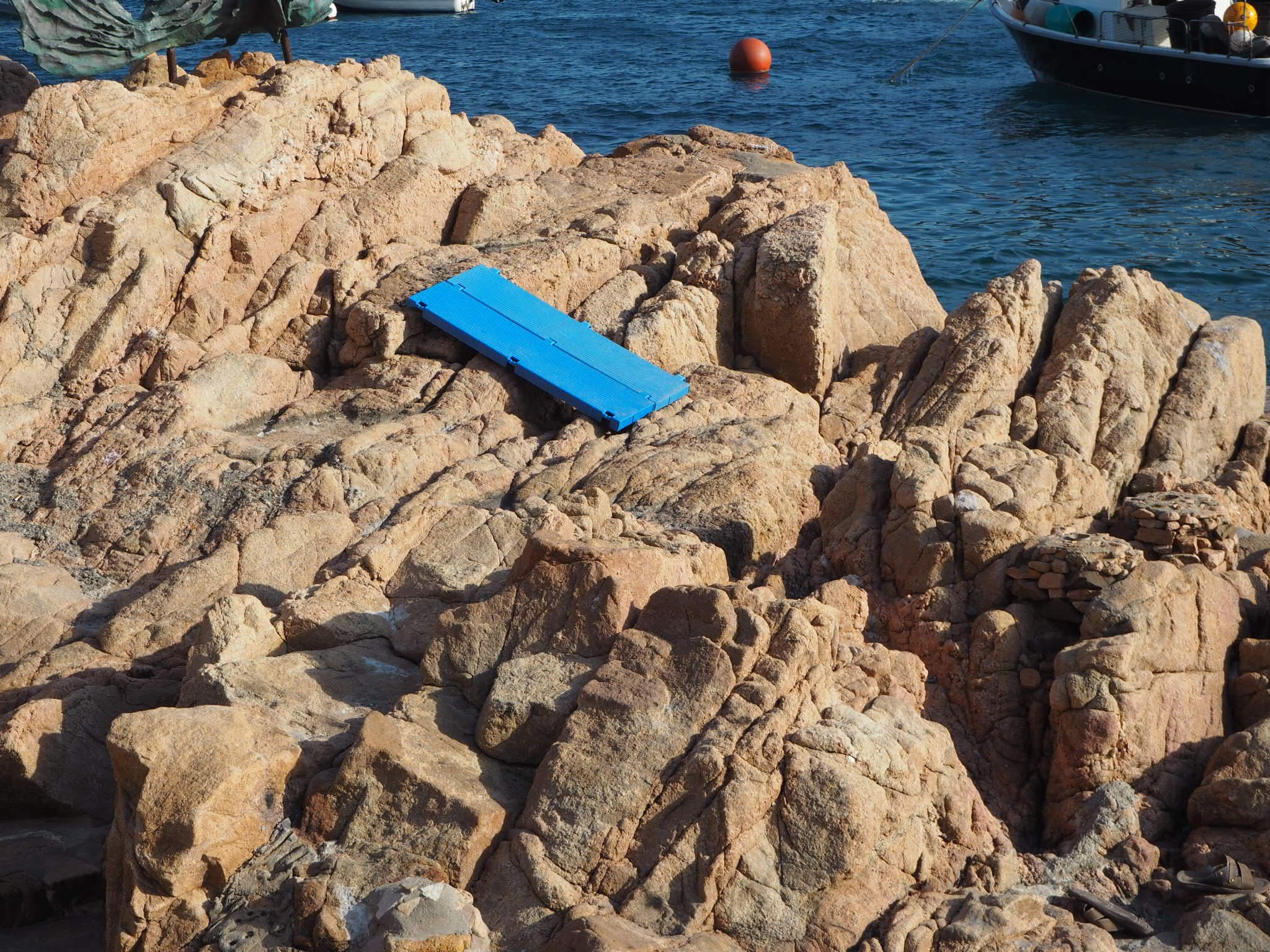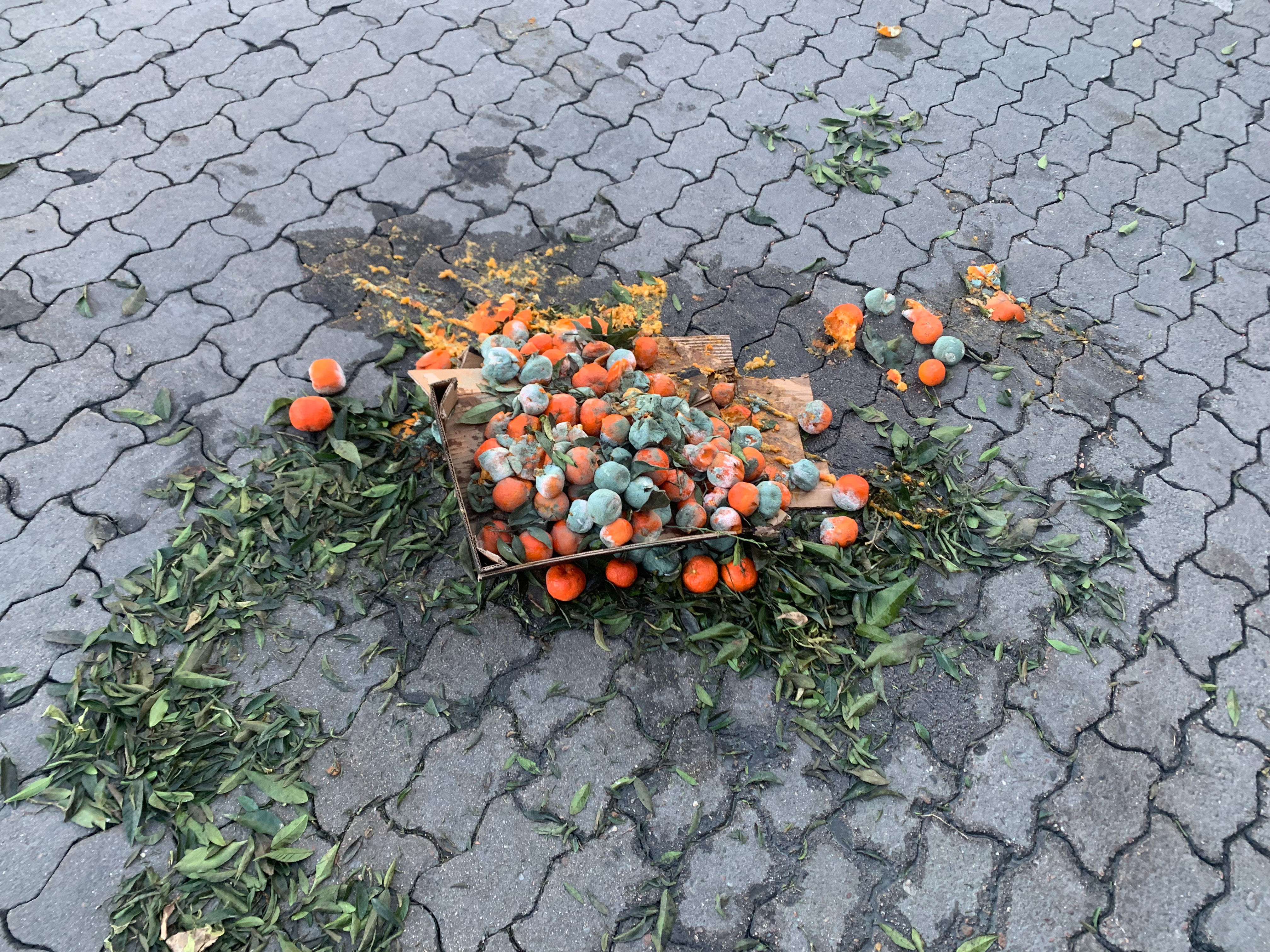
After a lot of thinking, I decided to team up with Marina and Paula. We were all interested in trying bioremediation through some biomaterials. We were interested in trying how oysters, mussels and algae can clean the ocean waters. So we got some live oysters and shells and some ocean water from the Barcelona port and started our first experimentation to see for ourselves how does this work. We set out 3 clear containers and filled the first one with live oysters, second one with just shells and the last one with nothing so it could be the control.
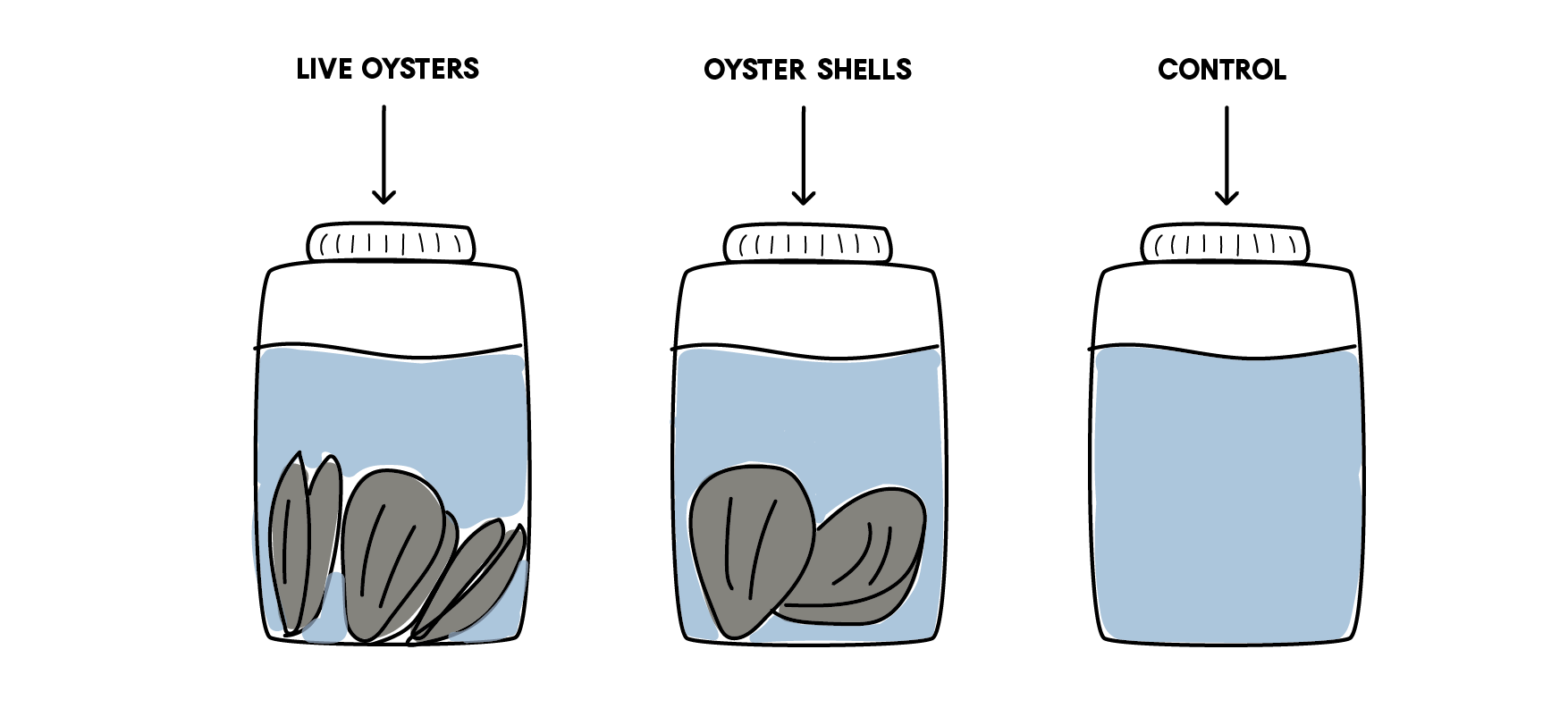
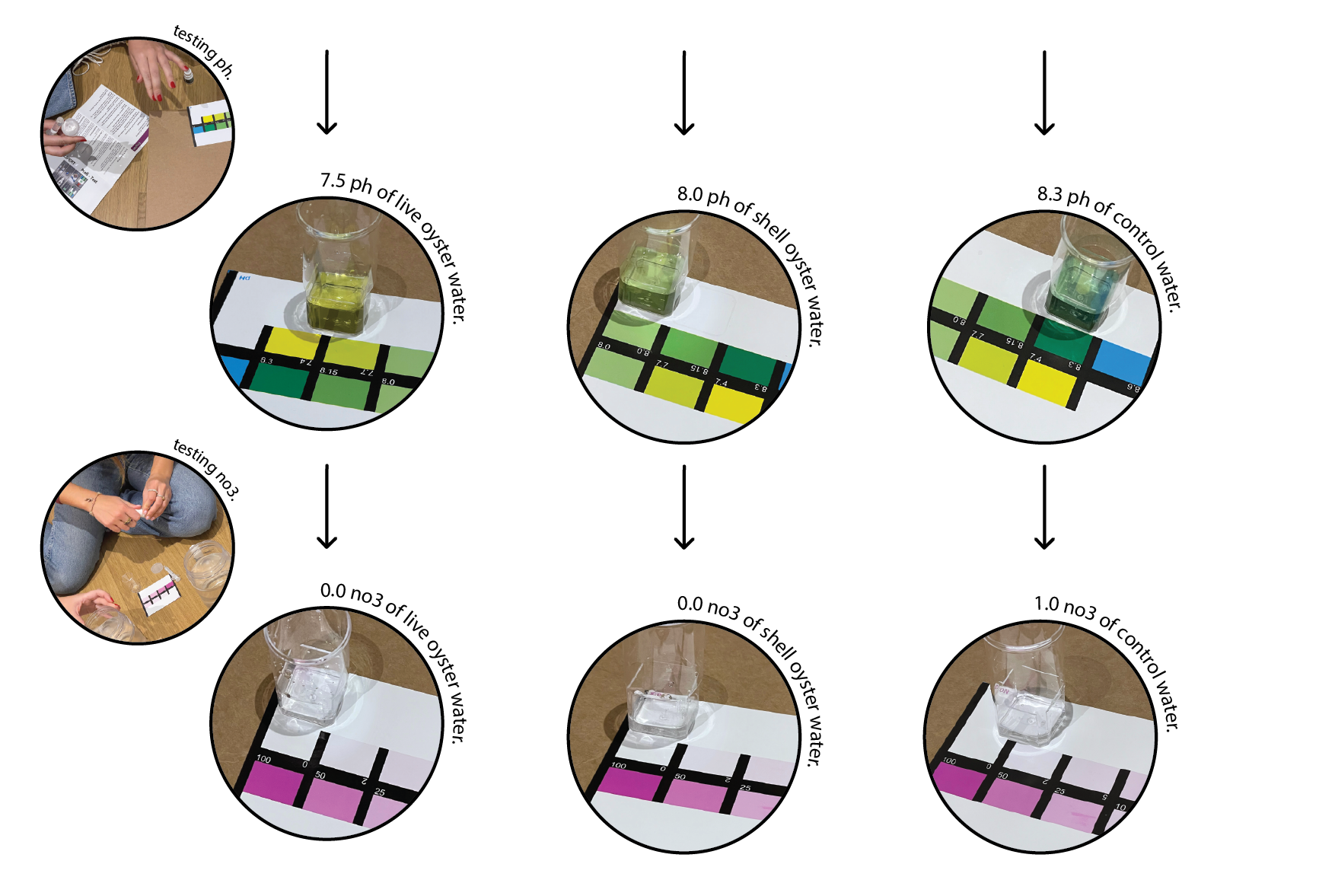
We set up everything and let it work for 12 hours. After the 12 hours we checked the ph and no3 levels of the 3 containers and this is what we got. We can see an improvement in the ph of the water. The one with the live oysters became closer to neutral while the ones with just shells also became less acidic but not as much as the alive ones. When talking to a marine biologist in search for advice, he told us how in order to clean this waters they must be alive and by putting them in the water and making them "clean it" they usually die. It would be great if just the shells worked so we didn't have to sacrifice oysters for the cleaning of our oceans. With this we came to realize we want to keep searching for alternatives.
A lot of questions arose when we were doing this experiment. First we questioned ourselves if we were collaborating with the species to bioremediate water or if we were using them for our purpose. This question is a bit tricky and it led us to think about our responsibility as designers with the actions we take. In this case the oysters and mussels already do this bioremediation process on their own. But the conditions in which they do it is determined by them. This is also related to the species availability for collaboration which is sometimes not under our control. There were many aspects of the control in this experiment that we were not familiar with. We needed more scientific knowledge in order to test truly if the experiment worked.
After using the mussels and oysters for this experiment we continued its lifecycle by using the shells as a biomaterial. We tested their properties to see if we could 3D print an object with a biomaterial made out of their shells. You can read about the full process in here.
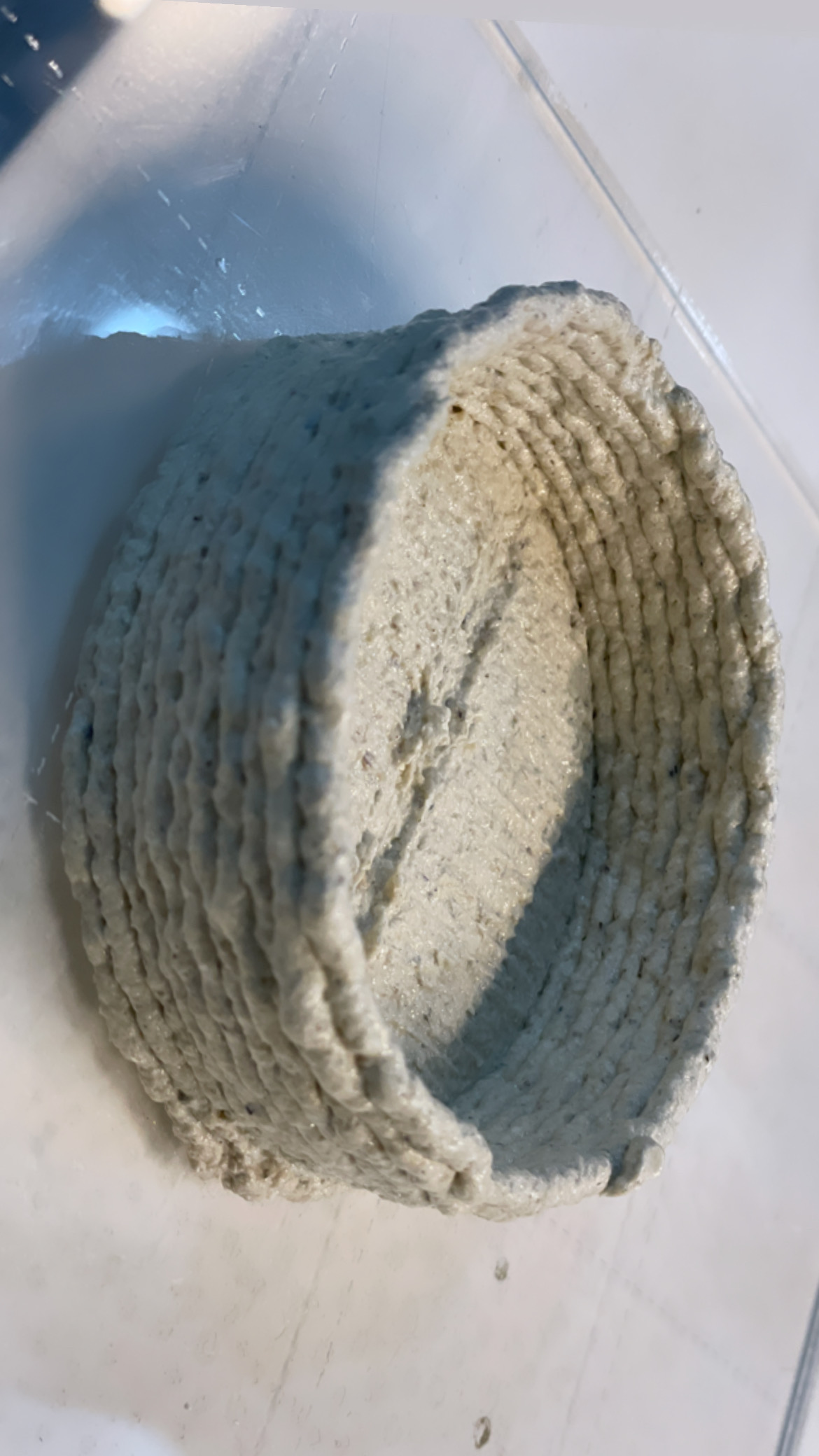
While working with the shells we saw how hard they actually are and how grainy the final paste was. Due to the amount of grains in it, it was a challenge to 3D print with but it's a process I would love to develop further. With this in mind I want to elaborate a set of biomaterials that can help complete the lifecycle of species while also contributing to fulfill some of our human needs.
I went back to my design space to reevaluate all my interests and what I could actually develop with them. I will start by enlisting them and their possible reach.
1. Habitat and species conservation through monitoring.
As I was researching onto my first design project subject which was Coral Regeneration I saw many scientists and researches state the importance of monitoring certain species which are ongoing the process of regeneration through human intervention. While developing my case for regenerative tourism I started by breaking down the pieces and see what actions can human contribute towards the regeneration of an ecosystem. Humans travel usually for leisure and they visit this ecosystems outside of their reality for the same reason. In this sense, the activity for humans to make should be easy enough for them to want to do it. If it's not fun or interactive in some way then the interest may be gone. So I realized that we are mainly observers in this scenarios. Whenever we visit an unknown land we tend to await for instructions on what to do or how to behave, because mainly this places have guides or someone responsible that would tell you. So what if the only thing needed to do was use something external to our body that could input the data needed by researchers in order to monitor the species they are working with. This reminded me of the app I used for my research through design toolbox. In this app you took pictures of species you saw, the app would gather data such as geolocation and you would help by identifying the species and would learn some other interest information about it. I thought of implementing a similar idea with people snorkeling or scuba diving. If they had a visor that would have an integrated system that was constantly recollecting data such as temperature, water samples, noise levels and others; then they would contribute greatly to the research of this ongoing conservation projects. There is an existing robot called 'mesobot' trying to recollect this data from the ocean, the thing I saw with this robot is that it's still an expensive technology and way too big for what I need. This tells me that the challenge is huge.
2. Coral Regeneration.
This other subject is one that was attracting my attention since the beginning but I didn't know how to approach it. In a sense I've always seen the solution from a scientific point of view which is very hard to reach in my position as a designer with basic to zero knowledge about marine biology. I started by speculating about how could we use genetic modification to identify which corals are stressing out and causing Zooxanthellae to leave and with them their bright colors. You can read about this in my bio zero blog. I started researching more into solutions that people around the world are coming up with and I found some projects that are using genetic modification with CRISPR-9 to improve coral's resistance towards higher temperatures and ocean acidification. The one I found most interesting is the use of probiotics to create resistance in corals towards this threatening conditions. This would improve their immune sysstem causing them to endure heat stress, pathogens and oil spills. This probiotics are still in development but eventually researchers want to improve the delivery system and use robots that apply the probiotics or patches like the ones we use for nicotine. I found a collaboration opportunity here in which humans could deliver these probiotics while exploring these ecosystems. An easy way I came up with is by designing a biomaterial that could dissolve in water after a few minutes and then releasing the probiotics needed just by swimming around the corals. For this I would need to experiment with a biomaterial that is soluble in water but not immediately, with components that are not invasive towards the coral's habitat and that could be adapted to something humans would wear. I find the biggest challenge in this is the addition of the probiotics. First because I am uncertain how they work or in which state they are, how are they handled, how we need to conserve them or how to apply them. For this I contacted Raquel Peixoto who is a Marine Scientist researching into probiotics for Corals at the KAUST University in Saudi Arabia. She is working in collaboration with Seed to develop them. I am still awaiting a response but in order to develop this further I would like to ask an expert so I don't invade an existing habitat that is already at risk and damage it further.
There is also another way we can help restore corals, which is through coral farming. Some organizations are doing efforts to invite people to visit their beaches and go on a day trip to plant corals or to donate to the cause. This is a good example of regenerative tourism. Tourism which can turn a negative impact into a positive one by focusing the activities towards something helpful.
3. Carbon sequestration.
Going back to one of my first questions when approaching "Regenerative Tourism" which was: how can we help nature regenerate if only by travelling to another place and moving around we are polluting and disturbing natural ecosystems. I couldn't find a balance between our actions and the solutions. For me nature was able to regenerate itself without us, so why would we play an important role in their regenerative process. As I developed the project further I came to realize that our actions have already caused a big negative impact in nature and now nature is not able to regenerate at the pace needed in order for it to be saved. In this situation nature actually needs our joint efforts to accelerate this regeneration process. One of the main causes of disturbance in nature is the increase in carbon emissions. Our human activities have led to an impressive amount of Co2 released into the air. Airplanes are one of the means of transportation emitting a great amount of carbon. In this matter I started thinking of ways we could travel around the world without causing this great damage to our planet. By researching into bioremediation I stumbled upon the concept of carbon sequestration which is the process in which certain species absorb and store atmospheric carbon dioxide. Algaes are one of the most known species doing this process. Algae sequesters carbon by doing their natural process of photosynthesis. This micro-algae feeds on daylight and air, they capture the Co2 molecules and store it whithin them while producing oxygen and releasing it in the environment. A byproduct of this process is the production of biomass which is produced with the stored carbon. This biomass can be turned into fuel for energy which can become an alternative to fossil fuels. It is estimated that this technology will develop further in the next years and will eventually be a viable replacement for airplane fuel. This caught my interest in algae and the amazing possibilities of interspecies collaboration they offer. In my case, travelling plays an important role in my life. Being from Mexico I've always had to fly long distances in order to discover new places which broadened my knowledge and perspective, getting me to where I am now. So whenever people would just tell me that the solution was not to fly and to stay in the same place you were born in I just couldn't accept the idea. Globalization has opened so many opportunities for us and has made us grow as a civilization. We just need to find the correct ways of doing so. I started researching into how could I make a photobioreactor and start testing it's ability to sequester carbon, generate energy and produce biomass. Is this something that could be replicable and used at a small scale by everyone at home? Or does this has to be done at a big scale by companies capable of managing this process and capitalizing it? As of now I am collaborating with Akasha Hub Barcelona and Connecthort to develop this system and think about ways we can integrate the community to develop this system and replicate it.
4. Funding.
After getting inspired by the algae sequestration process and how it can be an amazing idea mostly because the invasive species of algae that grow in specific areas could be repurposed for a beneficial process. I thought of Sargassum which is an invasive species in Mexican coasts. While researching into this ongoing problem I read many solutions that never saw the light of day due to insufficient funds. Recollecting this algae takes a lot of effort and big machines in order to make this process more efficient and at bigger scales. So I realized that even if good ideas are already out there they can't be implemented due to the lack of economic support. I thought about funding methods that are very efficient at the moment and my mind went straight to art, specifically NFT's. A great amount of money was raised for Ukraine in only a matter of hours through NFT's. At some point while searching for a project, I thought of collaborating with visual design studio Six N' Five and creating consciousness about the need for the preservation of natural environments. They make incredible artwork portraying 'out of this world' escapes that make everyone want to drop everything and move there. This could be another way to approach the subject of restoring natural habitats from my design skills. My other approaches are more technical and I sort of reach a limit in which I am not able to advance any further ahead due to lack of scientific data or information. With this approach I could contact the institutions that are researching ways to develop solutions to restore our natural habitats such as coral regeneration, algae carbon sequestration, biomass generation and many others and ask about the funding needed for them to be able to take this projects from concept to reality. The only thing that is worrying me is the footprint caused by NFT's. It is true that NFT's and blockchain require incredible amounts of energy to work, which would be inconsistent to the efforts I'm trying to do to reduce our human footprint in nature. But it is also true that this technology is relatively new, which means it still has a long road to explore and improve. The more people adapt it and work with it the more efforts can be imprinted into it and search for ways to sustain it with renewable energy. This could also be a funded cause with NFT's, finding a sustainable way to use blockchain.

